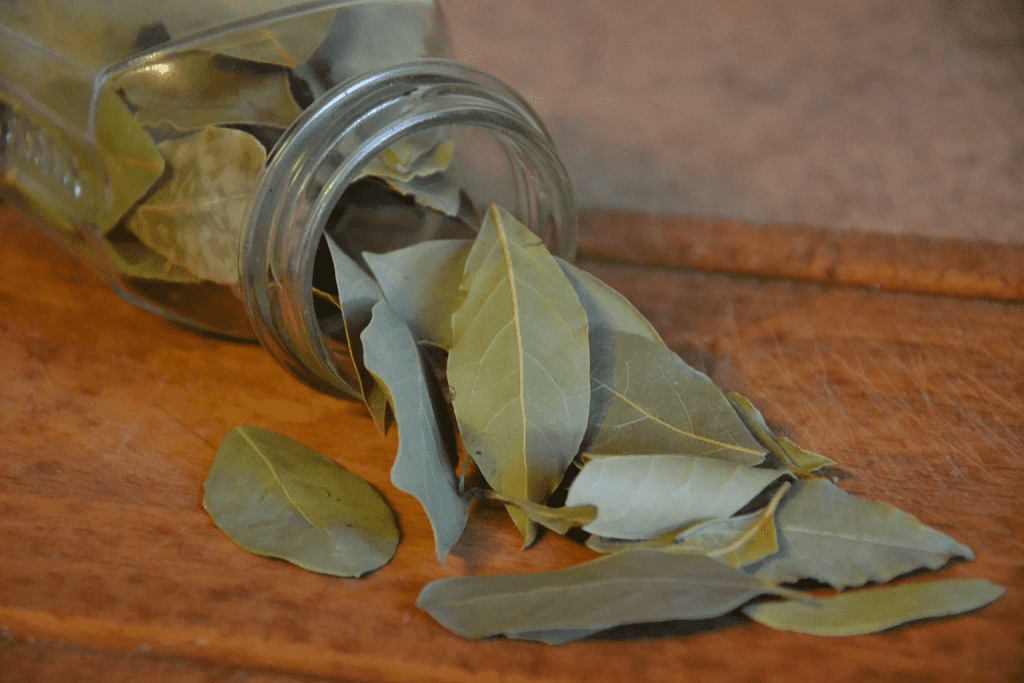If you’ve ever found yourself scratching your head over the role of bay leaves in a recipe, you’re not alone. Many home cooks wonder if bay leaves are really worth the hype, often asking, “What does a bay leaf actually do?” Although this unassuming green leaf may not seem like much, it has long held a special place in culinary traditions worldwide. Let’s explore the true purpose of bay leaves in cooking, their unique aroma, and whether they’re worth adding to your pantry.

A Brief History of Bay Leaves in Cooking
Bay leaves have been used in cooking for thousands of years, dating back to ancient Greece and Rome. These societies not only used the bay laurel tree as a symbol of victory, but they also prized the leaves for their aromatic properties. The tradition of cooking with bay leaves spread throughout Europe, the Mediterranean, and Asia, where they became essential ingredients in a variety of classic dishes. Today, bay leaves are a staple in cuisines ranging from French and Italian to Indian and Mexican, quietly enhancing flavors without stealing the spotlight.
The Aromatic Profile of Bay Leaves: What Makes Them Special?
The subtle aroma of bay leaves is what makes them so unique. When simmered in liquids like broths, stews, or sauces, bay leaves release a mild fragrance that blends hints of pine, mint, and black pepper. Their magic lies in their restraint—adding complexity to a dish without overwhelming it. This understated flavor profile makes bay leaves ideal for adding depth in recipes that rely on slow cooking, allowing the leaf’s essence to permeate the dish gently over time.
The Science Behind Bay Leaf Flavor: Essential Compounds
The unique flavor of bay leaves comes from several key compounds:
- Eucalyptol: This compound lends a minty, camphor-like quality to the leaf, giving dishes a fresh and subtle undertone.
- Eugenol: Known for its warm, clove-like aroma, eugenol provides a comforting, spiced layer.
- Myrcene: This compound contributes a slightly balsamic flavor, often compared to the richness of wine.
These compounds work together to create a balanced, aromatic note that enhances savory flavors, adding subtle depth and warmth without overwhelming the dish.
How Bay Leaves Enhance the Flavor of Your Dishes
Bay leaves are often described as a “background flavor,” working behind the scenes to elevate other ingredients. When you simmer bay leaves in a dish, they bring out the umami richness in meats, deepen the flavors in tomato-based sauces, and add subtle layers to stews and soups. The leaf doesn’t stand out as a dominant flavor; rather, it subtly amplifies the savory notes, making the entire dish taste more cohesive and complex.

Common Culinary Uses of Bay Leaves
Bay leaves have found a place in countless dishes across the globe. Here are a few classic applications:
- French Cuisine: In French cooking, bay leaves are often a component of bouquet garni, a bundle of herbs used to flavor soups, sauces, and stews.
- Indian Cuisine: Bay leaves are integral in Indian curries and biryanis, lending a delicate spiciness to these dishes.
- Latin American Cuisine: Used in gumbos, chilies, and bean dishes, bay leaves add depth without overpowering the rich flavors of these dishes.
In all these dishes, bay leaves are appreciated for their ability to unify and round out flavors without becoming overpowering.
Do Bay Leaves Have Any Nutritional Value?
While bay leaves are not typically consumed whole, they do contain vitamins A and C, as well as folic acid. However, these nutrients are only present in trace amounts in a finished dish, so they don’t significantly impact the nutritional profile of your meal. Instead, bay leaves are prized more for their aromatic properties than for their health benefits.

Can You Substitute Bay Leaves?
It’s difficult to replicate the exact flavor of a bay leaf, but if you’re in a pinch, you can try using herbs like thyme or oregano for a similar aromatic effect. However, be cautious, as these herbs bring their own distinct flavors, which can alter the overall taste of your dish. Remember, nothing quite matches the subtlety of a bay leaf, so substitutes will only offer a rough approximation.
Why Some People Don’t Notice the Flavor of Bay Leaves
You might wonder why bay leaves seem to disappear into a dish or why you can’t detect their flavor as you might with basil or rosemary. This subtlety is actually the leaf’s strength—it’s a flavor enhancer rather than a dominant note. People with more sensitive palates may pick up on the bay leaf’s nuanced flavor, while others may only notice its absence when it’s left out. So, if you’re unsure whether bay leaves make a difference, try cooking the same recipe twice—once with and once without a bay leaf. You may notice the dish without the leaf lacks the same depth and unity.
Are Bay Leaves Really Worth the Investment?
There’s a common misconception that bay leaves don’t do anything significant, and therefore, they’re a waste of money. In reality, bay leaves are far from a culinary placebo. While they don’t shout their presence, their absence can leave a dish tasting flat or one-dimensional. Given that dried bay leaves are affordable and last for years when stored correctly, they’re a worthwhile addition to any kitchen. In recipes that rely on layering flavors over time, the bay leaf’s subtle touch can be transformative.

Proper Storage Tips for Maximum Freshness
To make the most of your bay leaves, store them in an airtight container away from heat and light. Properly stored dried bay leaves can maintain their potency for up to two years. However, if you’re lucky enough to get your hands on fresh bay leaves, they’ll have a stronger aroma but should be used more quickly to preserve their flavor.
Experimenting with Bay Leaves: A Flavor Comparison Test
If you’re still unsure about the value of bay leaves, try a flavor experiment to experience their effect firsthand. Prepare a basic broth or tomato sauce with one version containing bay leaves and another without. The difference in depth and complexity between the two should be noticeable, with the bay leaf version offering a rounder, more harmonious flavor.
Conclusion: Are Bay Leaves Essential? Absolutely.
While bay leaves may not steal the spotlight, they play an essential role in building the layers of flavor that elevate a dish from good to great. Their subtlety and complexity add a quiet depth that transforms savory recipes. So, next time you’re reaching for a bay leaf, remember that this humble herb is a key player in the culinary world, quietly working behind the scenes to bring a touch of sophistication and completeness to your cooking. Bay leaves may not always be the star ingredient, but their impact is undeniable—making them well worth the small investment for any home chef.



